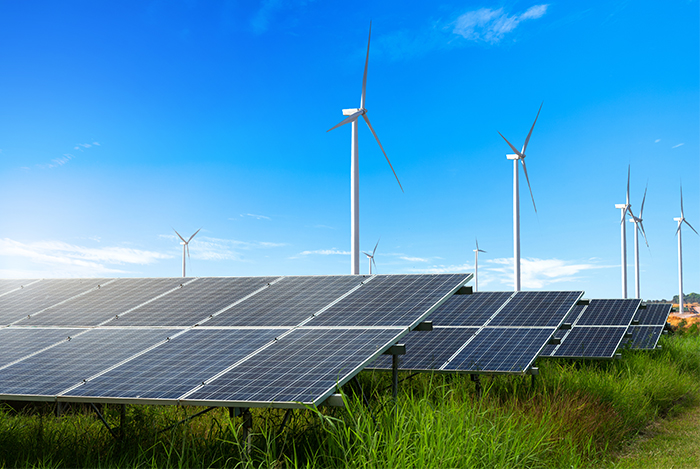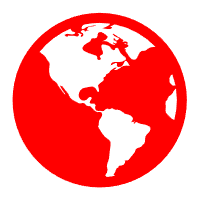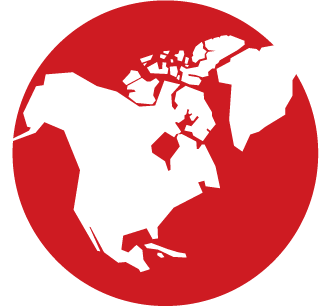
Recently, Lu Jing, President of Standard Chartered Bank (China) Limited, revealed at the 2nd Chain Expo, “We studied US laws to help a large solar enterprise invest and land in Texas, US, while ensuring that the enterprise could obtain financing in the long term. We conducted a feasibility test - would the business be able to continue to survive if subsidies were removed after Trump took office?”
Ultimately, Standard Chartered concluded that “the Chinese company is very strong, with lower production costs than solar module manufacturers in the U.S. market, higher efficiencies, and the creation of 1,500 local jobs.”
"China is an important player, even a leader, in the global supply chain." Lu Jing said, “In the past, the core objectives of supply chains were to increase efficiency, add value and reduce costs; but today, geopolitical factors are driving the ‘walls’ of some developed countries higher and higher. However, the global completion of the clean energy transition cannot be separated from the Chinese supply chain.”
She also mentioned, “Chinese clean energy companies will encounter many challenges both in the U.S. and in Europe, but hopefully, Chinese companies will be able to localize inputs to the industry chain, local production and hire local employees.”
Currently, the U.S. has implemented tax incentives and subsidies for solar equipment manufacturing companies. In order to incentivize investment in solar energy projects and local manufacturing, the U.S. government has launched a series of tax incentives. Among them, the investment tax credit (ITC) allows eligible solar projects to receive a one-time tax credit of up to 30% in the year the project is put into operation.
If the project meets the requirements of local manufacturing, the tax credit percentage can be raised to 40%. In addition, the U.S. offers a Production Tax Credit (PTC), which provides a 10-year subsidy for the electricity generated by a power generation project, with the amount of the subsidy applied for annually and adjusted for inflation. In order to promote the development of a domestic solar manufacturing supply chain, the U.S. government has created a homegrown manufacturing incentive, which requires that all steel used in a project must come from the U.S., and that the homegrown portion of the manufactured product exceeds 40% of the overall cost (which will be increased to 55% for projects that begin construction after 2026).
The removal of these subsidies will put operational pressure on producers. However, according to Standard Chartered's assessment, Chinese companies will still be able to maintain profit margins.
Lu Jing did not specify which Chinese companies have invested in the United States. But the reporter found that there have been a number of solar energy companies have set up production plants in the United States.
Currently, Trina Solar is building a solar photovoltaic manufacturing plant in Wilmer, Texas, USA, with a planned capacity of 5GW and an investment of more than $200 million, which is expected to be put into operation in 2024 and will launch its flagship high-power output supreme solar modules.
LONGi Green Energy has constructed an Illuminate USA module plant in Patuxent, Ohio, U.S.A. in a joint venture with Invenergy, a U.S. renewable and clean energy developer, with a capacity of 5GW, which has been put into operation in 2023 and is in good operating condition, and in which LONGi Green Energy holds a 49% stake.
JA Solar built its first US manufacturing plant in Phoenix, Arizona, with a planned capacity of approximately 2GW (alternatively stated as 400MW/year) and an investment of US$60 million for the production of high-efficiency PV panels.
JinkoSolar has built a new solar module production line in Jacksonville, Florida, U.S., and upgraded and expanded its existing PV module plant, and has received tax credits.
AT&S established a solar PV module plant in Mesquite, Texas, with a capacity of 5GW and an investment of more than US$250 million, which has been put into commercial operation, and the TOPCon modules produced have been delivered to U.S. solar distributors.
China's PV module production and export volume rank among the top in the world, showing its strong market competitiveness.
According to statistics from the International Energy Agency (IEA) and other organizations, China dominates the global PV industry chain. in 2022, China's production of polysilicon, silicon wafers, cells and modules accounted for 86%, 98%, 84% and 88% of the global output, respectively, demonstrating China's significant advantages in the PV manufacturing sector.
Yin Xiaopeng, director of the Global Value Chain Research Institute of the University of International Business and Economics (UIBE), said at the 2nd Chain Expo that PV power generation is a competitive industry in China, and Chinese enterprises have layouts in the upstream, midstream and downstream of the PV field, a layout that maintains an advantage in the industry.







